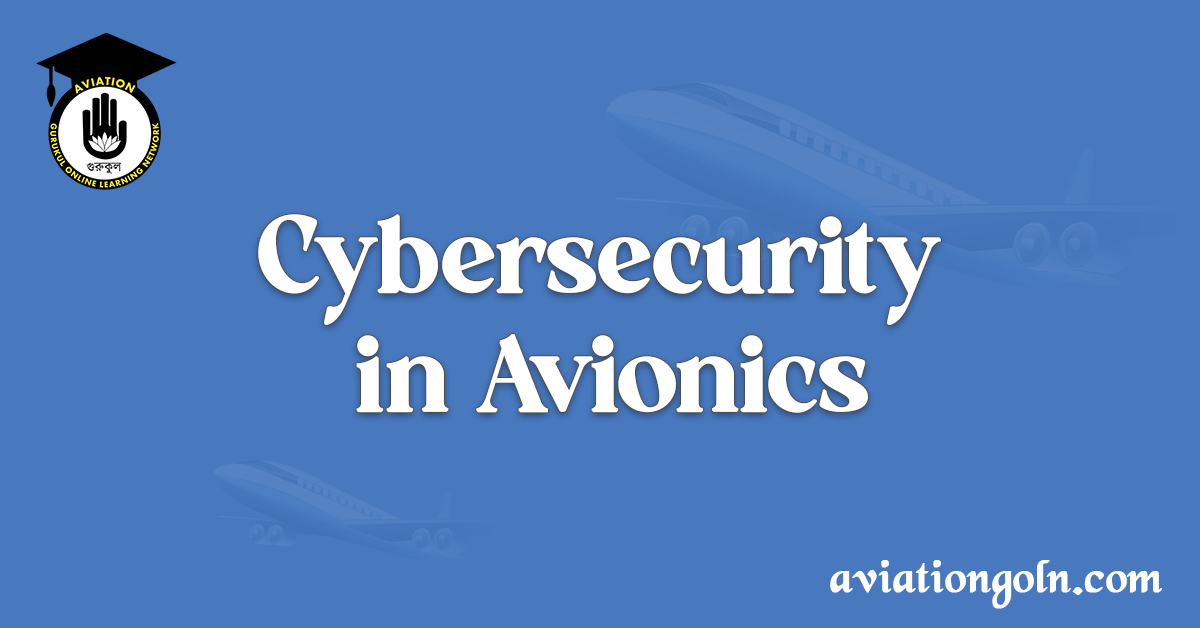Cybersecurity in Avionics: In the digital age, the world has grown increasingly connected, and aviation is no exception. Avionics, which refers to the electronic systems used in aircraft, satellites, and spacecraft, is heavily reliant on software-driven components.
While these advancements have led to more efficient and safer operations, they also present vulnerabilities in the face of cyber threats. In this comprehensive overview, we’ll delve deep into the importance of cybersecurity in avionics, the potential risks, and measures being taken to protect the skies.
Cybersecurity in Avionics: Safeguarding the Skies in a Digital Age
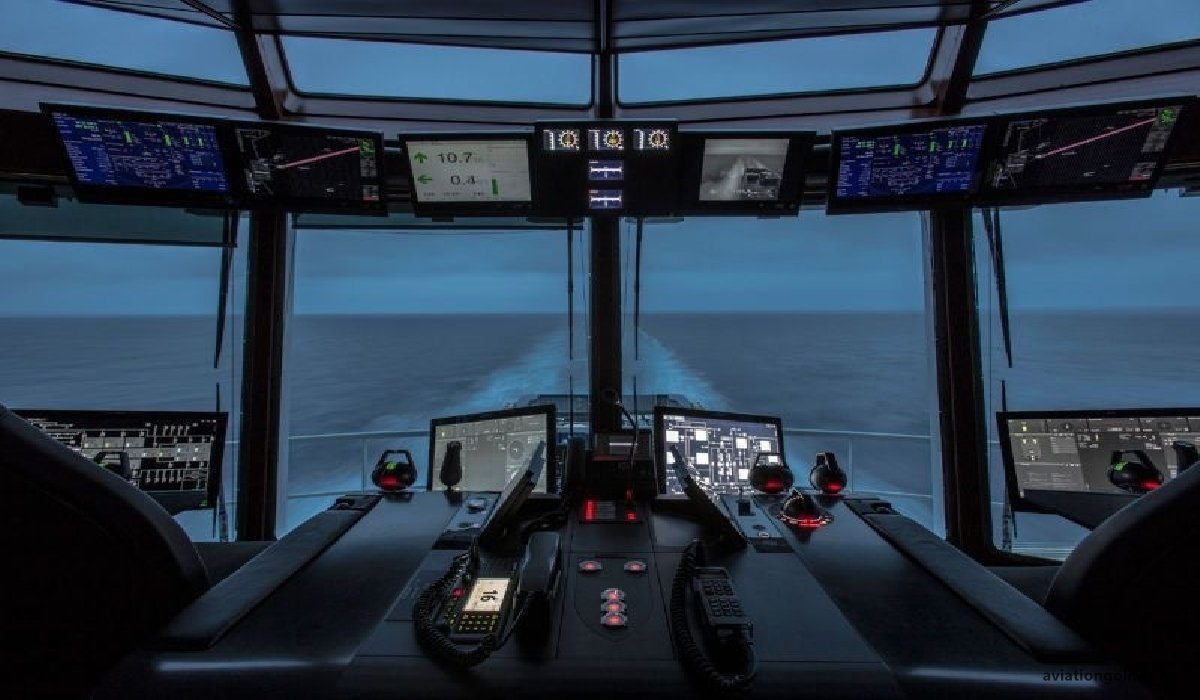
1. Understanding the Modern Avionic Landscape
Modern aircraft are marvels of technology. From advanced flight management systems and autopilots to in-flight entertainment and connectivity services, the digital transformation in aviation has been profound. But every one of these connected systems is a potential doorway for cyber attackers.
- Integrated Modular Avionics (IMA): These replace numerous separate processors with fewer, more centralized ones. While IMAs are efficient, centralization can be a double-edged sword in terms of cybersecurity.
- Aircraft Connectivity: Modern aircraft are now often connected to the internet, whether for passenger Wi-Fi, real-time data reporting, or other operational purposes.

2. The Stakes: Why Cybersecurity in Avionics is Crucial
- Safety: First and foremost, unauthorized access to aircraft systems could directly compromise flight safety.
- Operational Integrity: Cyberattacks can disrupt aviation operations, leading to delays, cancellations, and significant financial impacts.
- Confidentiality: Aircraft store and transmit vast amounts of data, some of which are sensitive and proprietary.
3. Potential Cyber Threats in Avionics
- Attacks on Communication Systems: Interfering with an aircraft’s communication system can have dire consequences. Air Traffic Control communication, ACARS (Aircraft Communications Addressing and Reporting System), and other channels could be targeted.
- Software Sabotage: Malicious software can be embedded into the avionic systems, causing them to malfunction.
- In-flight Entertainment System Hacks: Though these systems are typically segregated from critical flight systems, they are still potential gateways if not properly isolated.
- Supply Chain Attacks: Vulnerabilities can be introduced during the design, development, and manufacturing of avionic components.

4. Defensive Measures: Securing the Avionic Systems
- Layered Defense: Also known as “Defense in Depth,” this strategy places multiple barriers in the way of potential attackers, ensuring that even if one layer is breached, others stand in the way.
- Regular Software Updates & Patching: Regularly updating and patching avionic software ensures that known vulnerabilities are addressed.
- Physical Security: Securing access to aircraft, particularly when they are being serviced, is crucial.
- Robust Testing: Penetration testing and vulnerability assessments can identify weak points before attackers do.
- Network Segmentation: This ensures that even if attackers gain access to one part of an aircraft’s systems, they cannot easily move to others.
- Training & Awareness: Personnel should be trained to recognize and respond to cyber threats.
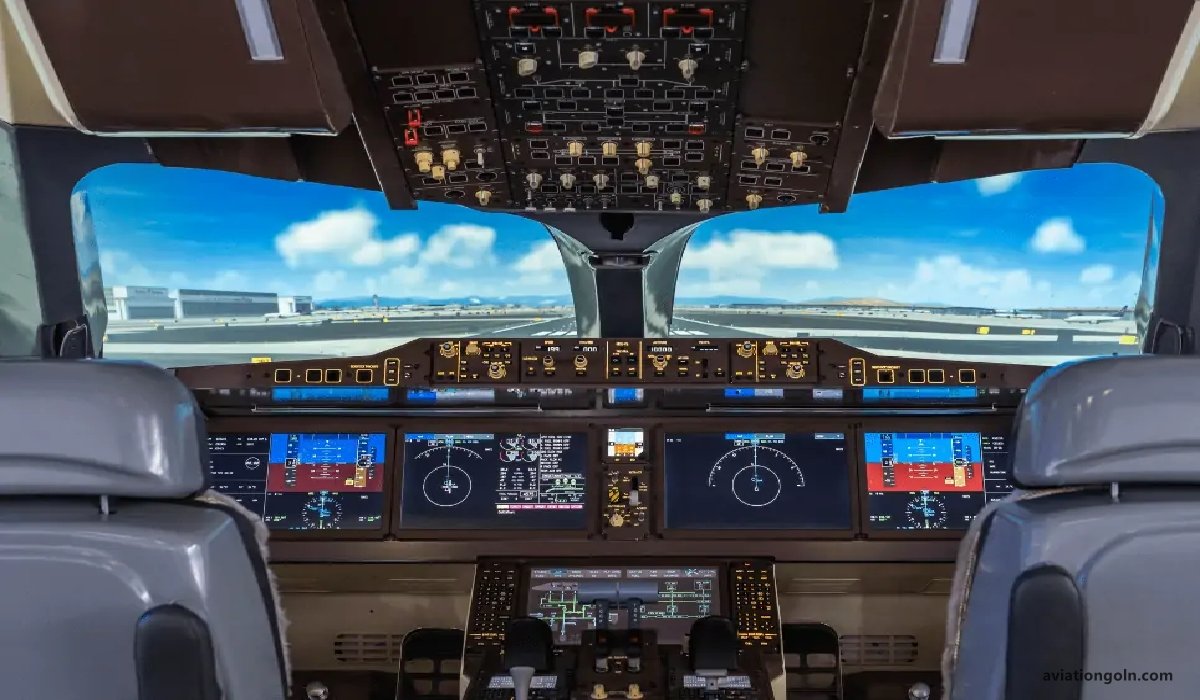
5. The Human Element in Cybersecurity
Even with the most advanced technical defenses in place, humans remain a potential weak link. Phishing attempts or social engineering can lead to unauthorized access. Ensuring that every individual, from pilots and maintenance crew to ground staff, is aware of the threats and knows how to respond is pivotal.
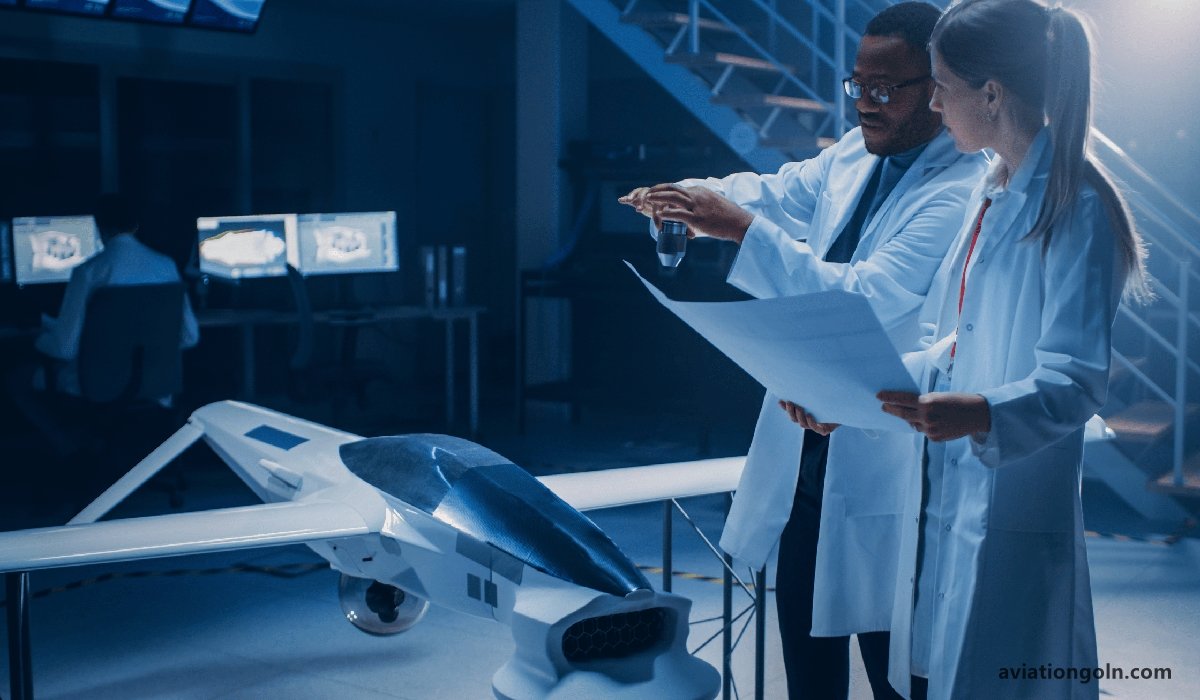
6. International Collaboration
Cyber threats are not bound by borders, and neither can the solutions be. International aviation bodies, governments, and industries are collaborating more than ever to establish standards and best practices.
- Sharing Threat Intelligence: Knowing the methods and tactics used by attackers can prepare other potential targets.
- Standardized Practices: Organizations like the International Civil Aviation Organization (ICAO) are working to develop and implement standardized cybersecurity guidelines.
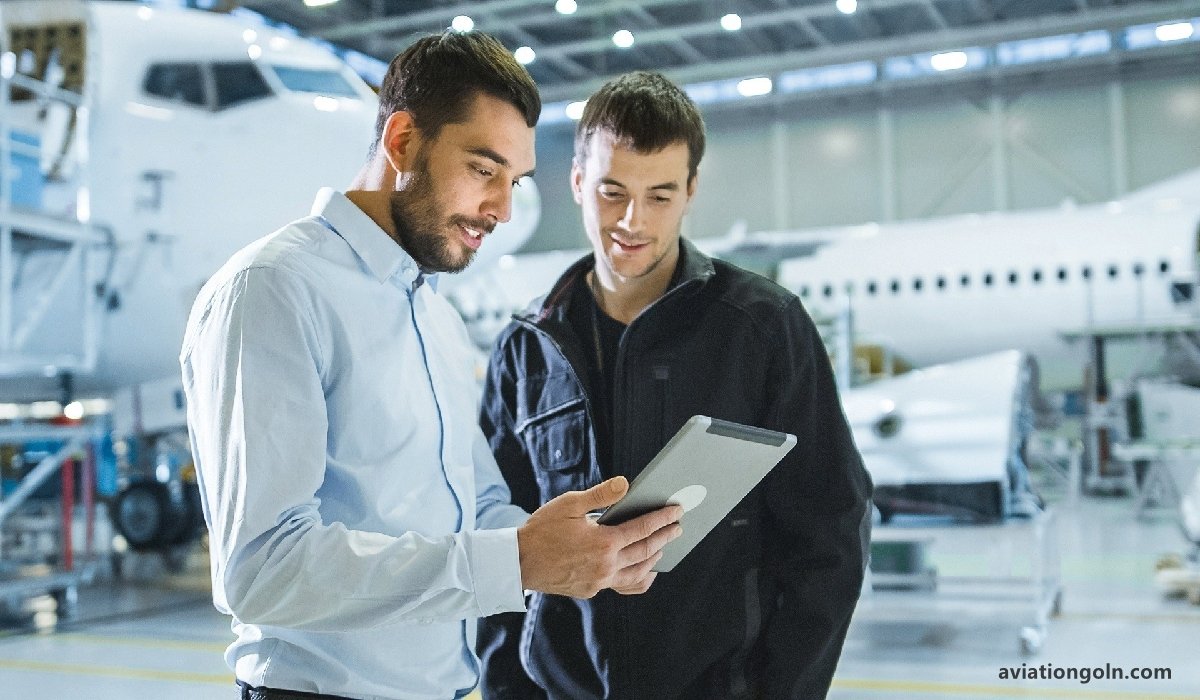
7. Future Challenges & Opportunities
- Rising Complexity: As avionic systems become even more intricate and interconnected, the cybersecurity challenge will intensify.
- Artificial Intelligence in Cybersecurity: AI can assist in detecting anomalies or threats in real-time, but they can also be used by attackers to find vulnerabilities faster.
- Quantum Computing: The rise of quantum computing presents a dual challenge. While it could enhance encryption and security measures, it could also be used to break current cryptographic protections faster.

8. Case Studies: Lessons from the Past
Several notable cybersecurity incidents in aviation history underscore the importance of this issue:
- The Grounding of a Fleet: In one case, a fleet of aircraft was temporarily grounded due to concerns over a potential software vulnerability.
- Unauthorized Cockpit Access: There have been claims (though not universally verified) of security researchers accessing cockpit systems through in-flight entertainment setups.
- Ransomware Attacks on Aviation Infrastructure: In some instances, entire airports have faced operational challenges due to ransomware attacks on their systems.

Cybersecurity in avionics is not just about protecting data—it’s about safeguarding human lives and ensuring the continued operational integrity of the global aviation industry. As the digital transformation of aviation continues, a holistic, layered, and collaborative approach to cybersecurity will be essential to keep the skies safe. The challenges are monumental, but with concerted international effort, continuing technological innovation, and a recognition of the stakes involved, the industry is poised to rise to the occasion.
